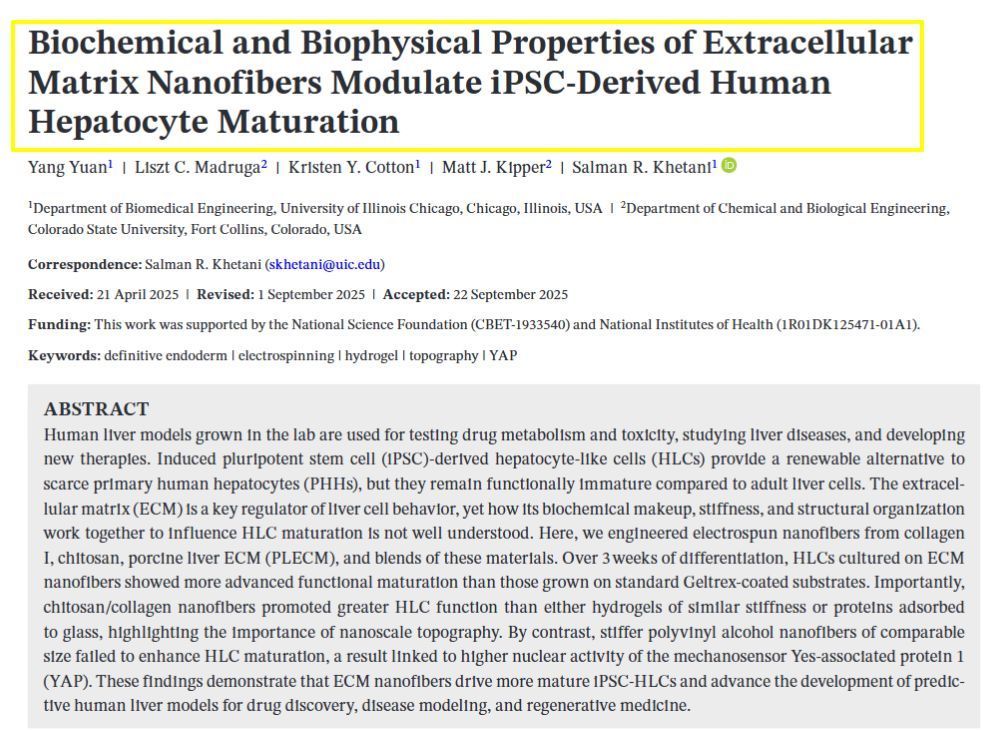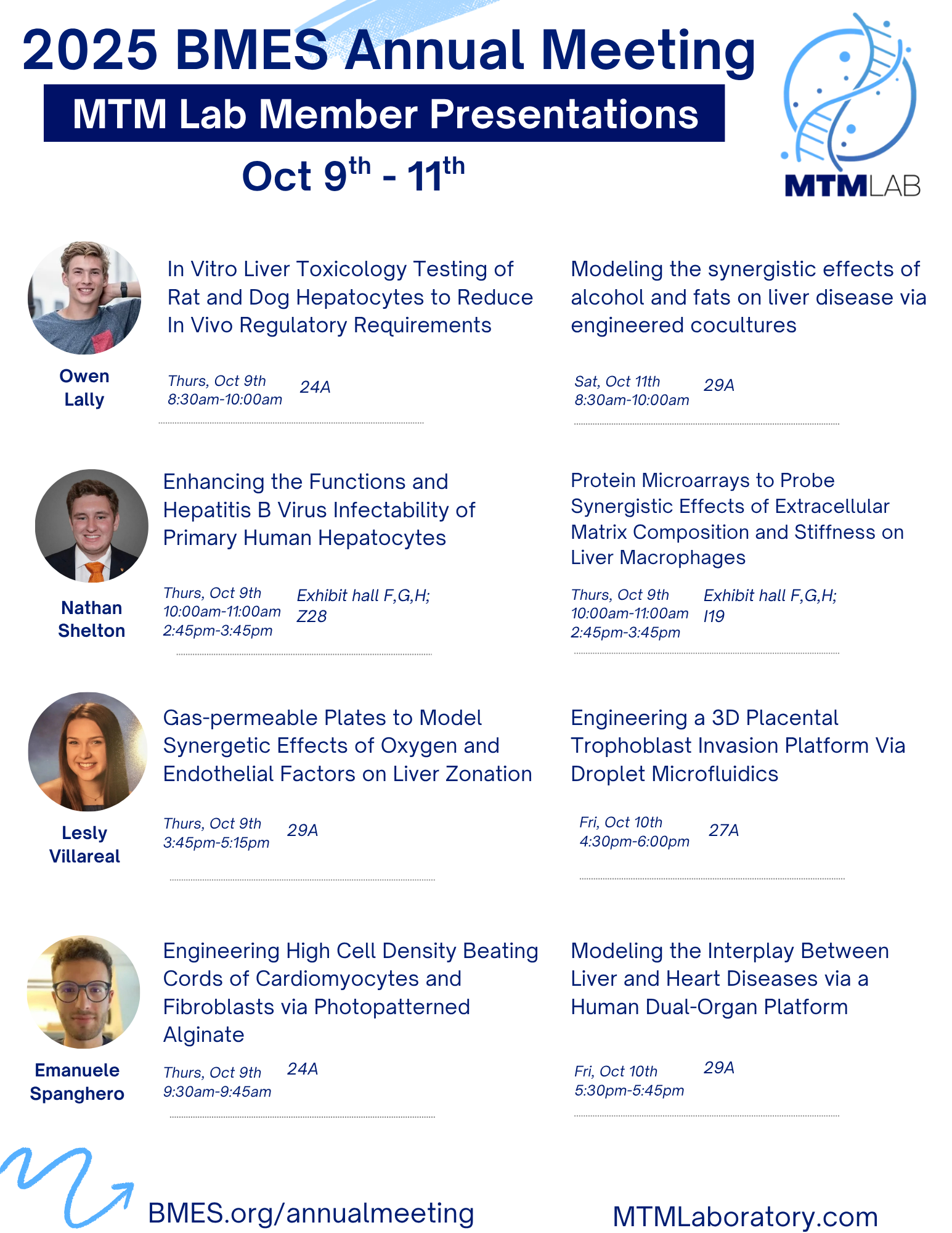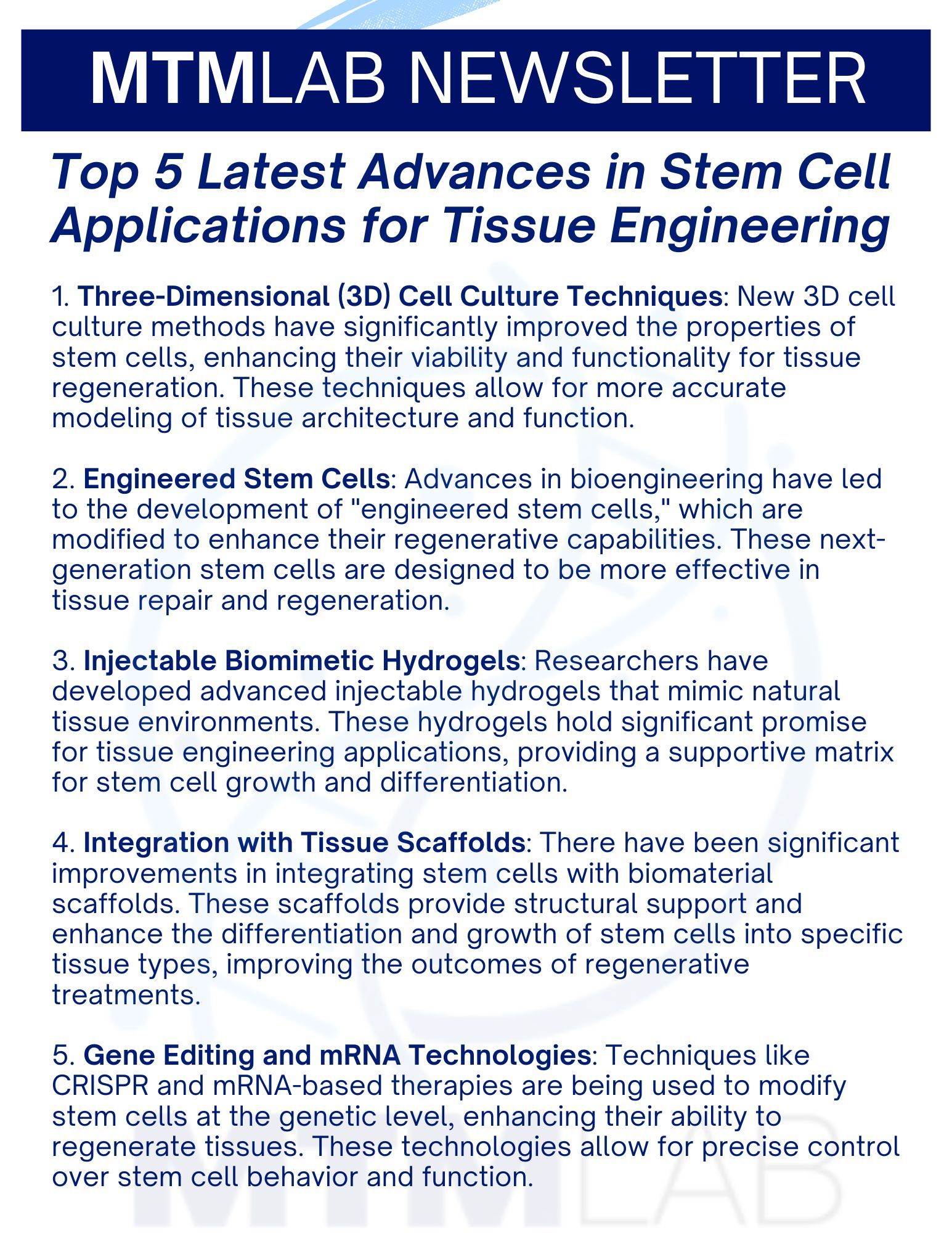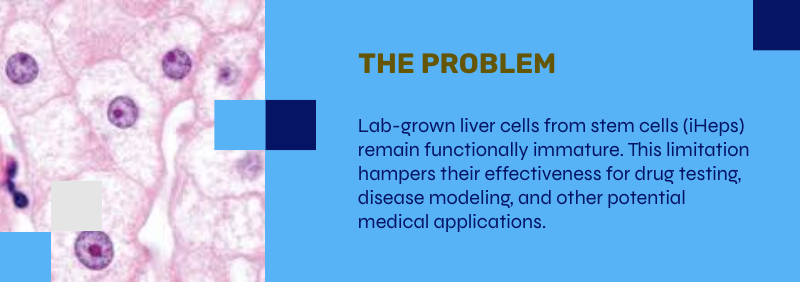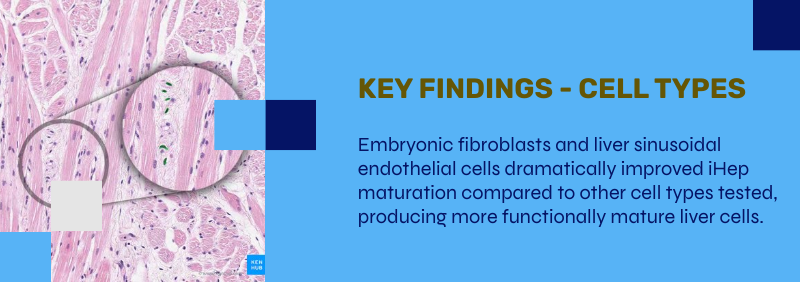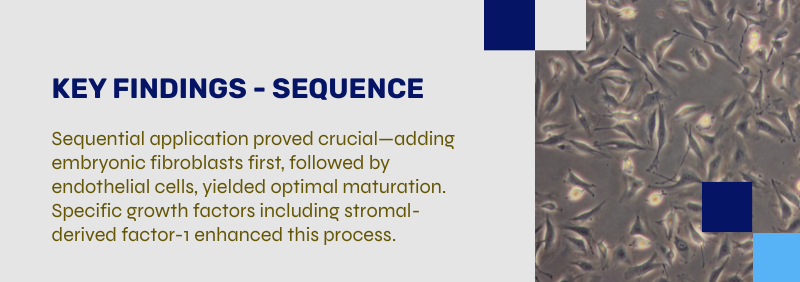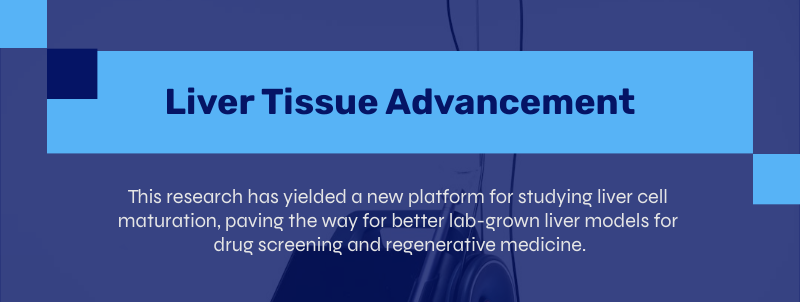MTMLab Research Summary: Improving Lab-Grown Liver Cell Maturation
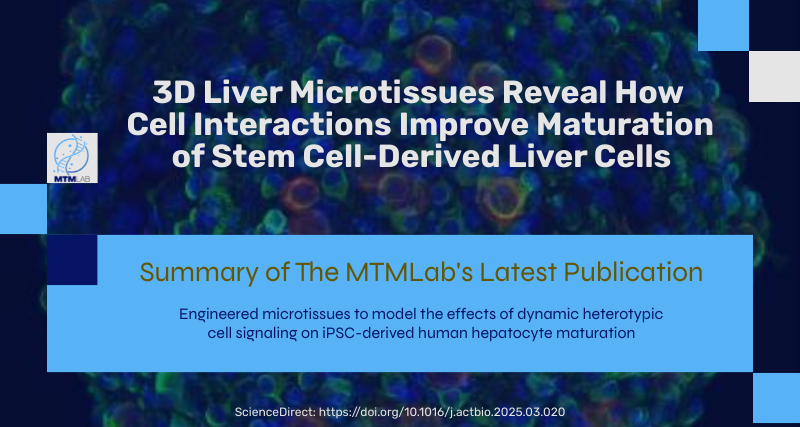
Our latest study addresses a critical challenge in liver tissue engineering: stem cell-derived liver cells (iHeps) typically remain functionally immature, limiting their usefulness for drug testing and disease modeling.
Our research team created 3D microtissues using droplet microfluidics technology by:
• Encapsulating iHeps in tiny collagen gel droplets (~250 μm diameter)
• Coating these structures with various non-parenchymal cells (NPCs)
• Testing different combinations and sequences of supporting cells
Key findings:
1) Embryonic fibroblasts and liver sinusoidal endothelial cells (LSECs) produced the most mature iHeps compared to other tested cell types
2) Sequential application of cell signals (embryonic fibroblasts first, then LSECs) yielded optimal maturation
3) Specific growth factors like stromal-derived factor-1 alpha were identified as important maturation enhancers
4) Gene expression analysis confirmed that LSEC/iHep microtissues closely resembled adult human liver cells
This platform enables researchers to identify critical cellular interactions and molecular signals that drive liver cell maturation, providing valuable insights for developing more physiologically relevant liver models for drug screening and regenerative medicine applications.
https://www.sciencedirect.com/science/article/pii/S174270612500193X
SIMPLE SUMMARY:
Embryonic fibroblasts and liver sinusoidal endothelial cells dramatically improved iHep maturation compared to other cell types tested, producing more functionally mature liver cells.
Sequential application proved crucial—adding embryonic fibroblasts first, followed by endothelial cells, yielded optimal maturation. Specific growth factors including stromal-derived factor-1 enhanced this process.
This research enables creation of more authentic mini-liver tissues that function like human liver. These improved models support better drug testing, disease research, and regenerative medicine applications.
